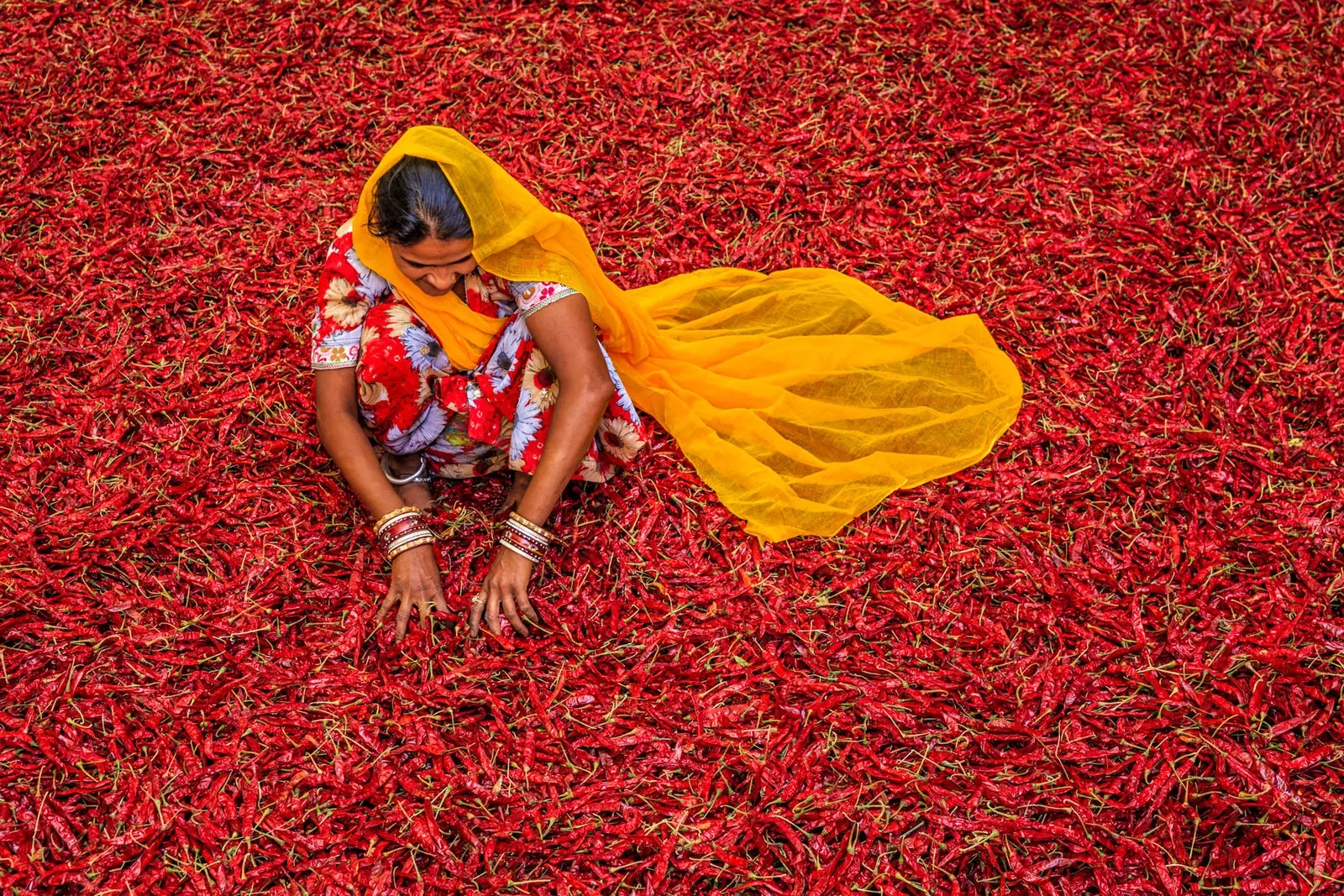
Of the 7,000 languages currently spoken in the world, 2,680 indigenous languages are currently in danger of extinction
According to the United Nations Organization, of the 7,000 languages currently spoken in the world, 2,680 indigenous languages –more than a third of the total number of languages on the planet– they are in danger of extinction.
To highlight the cultural importance of these languages and raise awareness about them, the UN declared 2019 as the International Year of Indigenous Languages.
Google Earth has joined this celebration with Celebrating Indigenous Languages (Celebrating indigenous languages), a new functionality that was born with the aim of helping to preserve these languages.
Thus, the project allows us to access audio recordings of more than 50 speakers of indigenous languages and find out where each of those communities is located.
Greetings, popular sayings, songs... A tribute that will hook you from minute one!
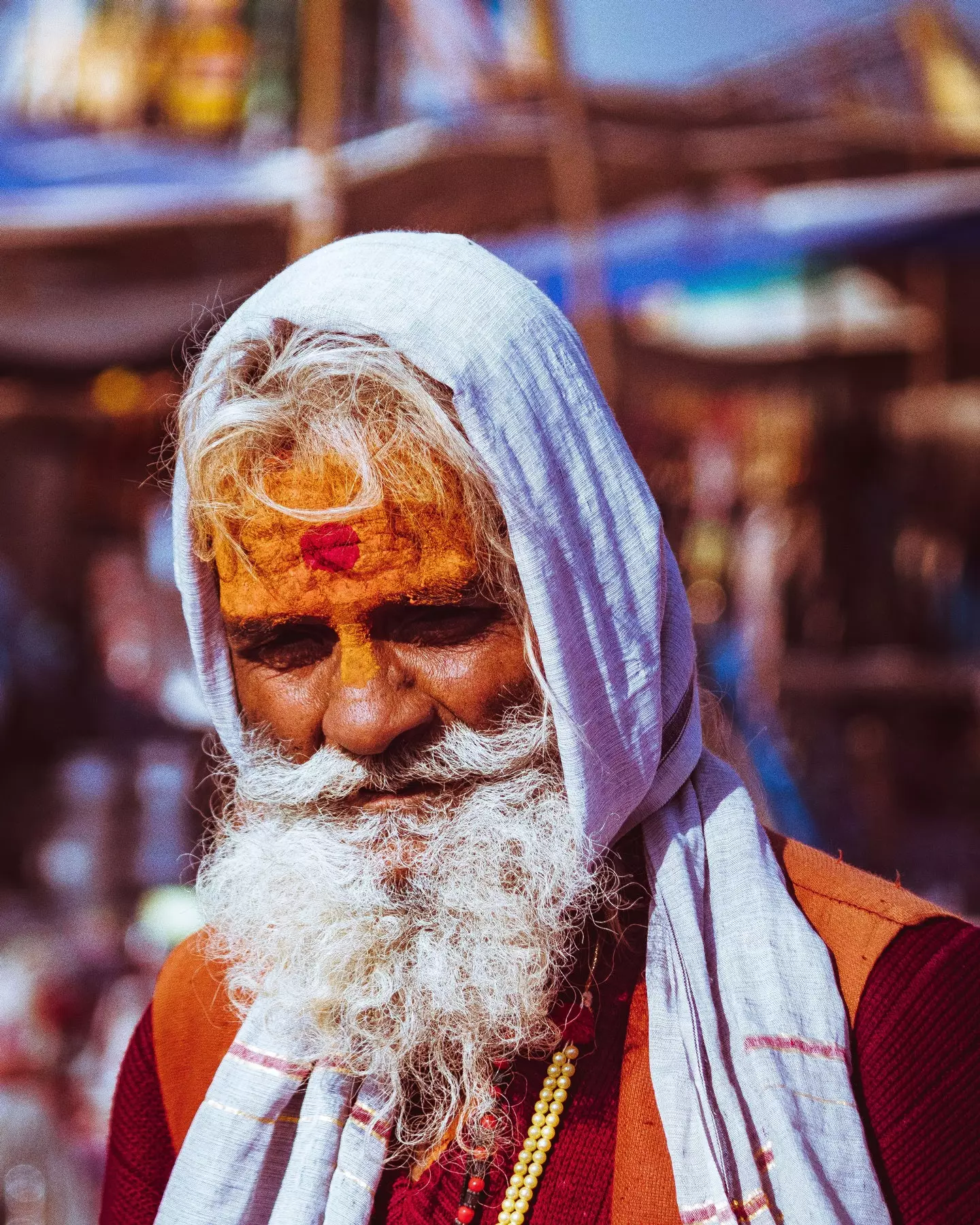
"It is a human right to be able to speak your own language"
AROUND THE WORLD THROUGH ITS INDIGENOUS LANGUAGES
Indigenous communities around the world strive every day to preserve and make known their languages teaching them to future generations but also sharing them with non-native speakers.
55 speakers of indigenous languages from 27 different countries have collaborated in the Celebrating Indigenous Languages project. Our first stop takes us to Morocco , where we discover Tamazight, one of the Berber languages spoken in the African country and mother tongue of Sanaa Abidar.
Although officially recognized since 2011, Sanaa and her community still struggle “because it continues to be talked about and that it be a legacy for our children”, account in its collaboration with Google Earth.
"The Tamazight word itself is very special: it means freedom ", she comments.
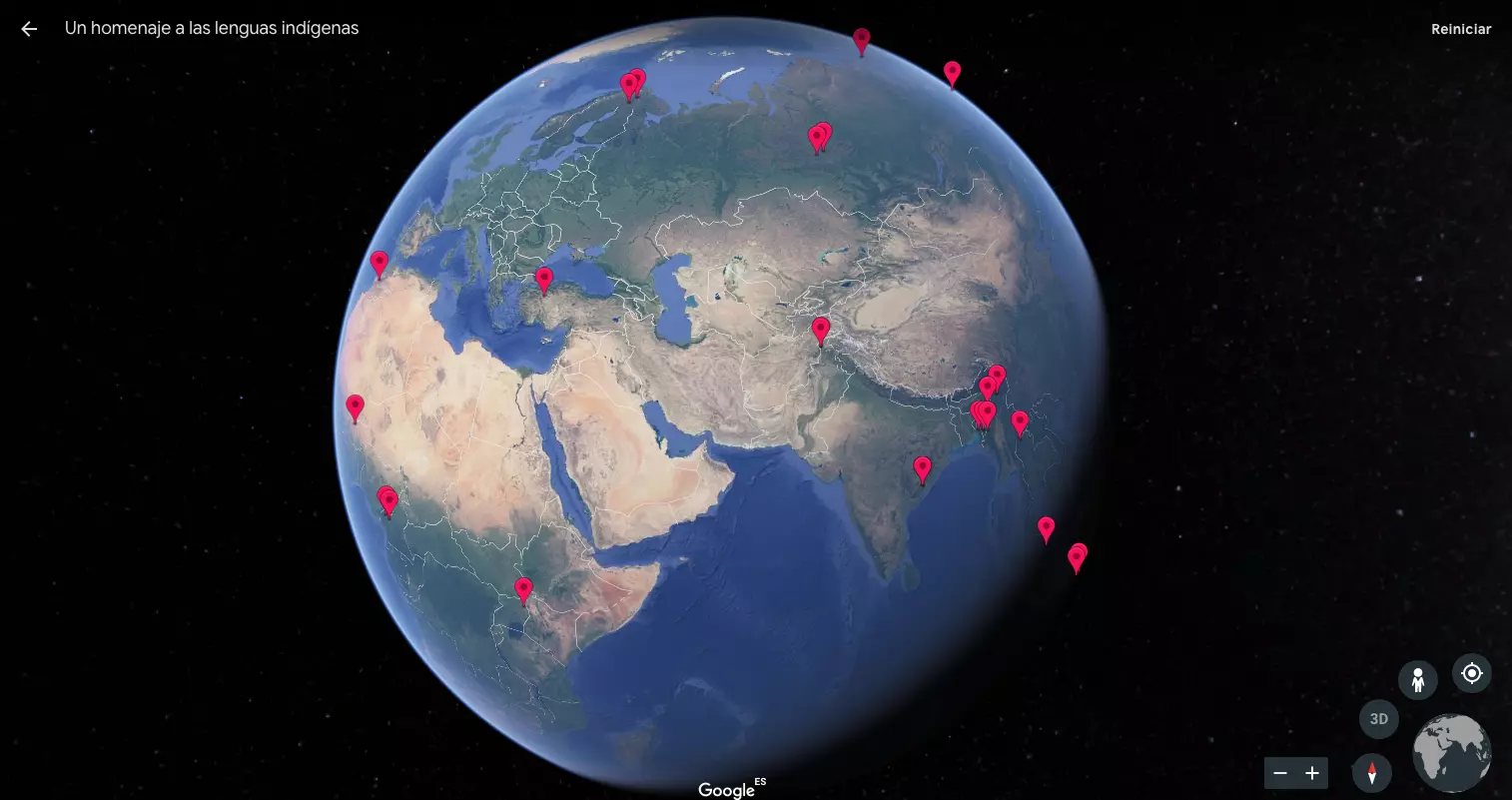
55 indigenous speakers share their languages
“IT IS A HUMAN RIGHT TO BE ABLE TO SPEAK YOUR OWN LANGUAGE”
Tania Haerekiterā Tapueluelu Wolfgramm, Maori and Tongan, is educator and activist in Aotearoa –Maori term with which New Zealand is known–.
"It is a human right to be able to speak your own language. Without the language you don't have a culture", says Tania, she that she is part of the group of people who helped in the arduous task of creating a journey through the indigenous languages.
"Hundreds of languages are within days of never being spoken or heard again. By putting indigenous languages on the global stage, we claim our right to speak about our lives in our own words. This means everything to us," she says.
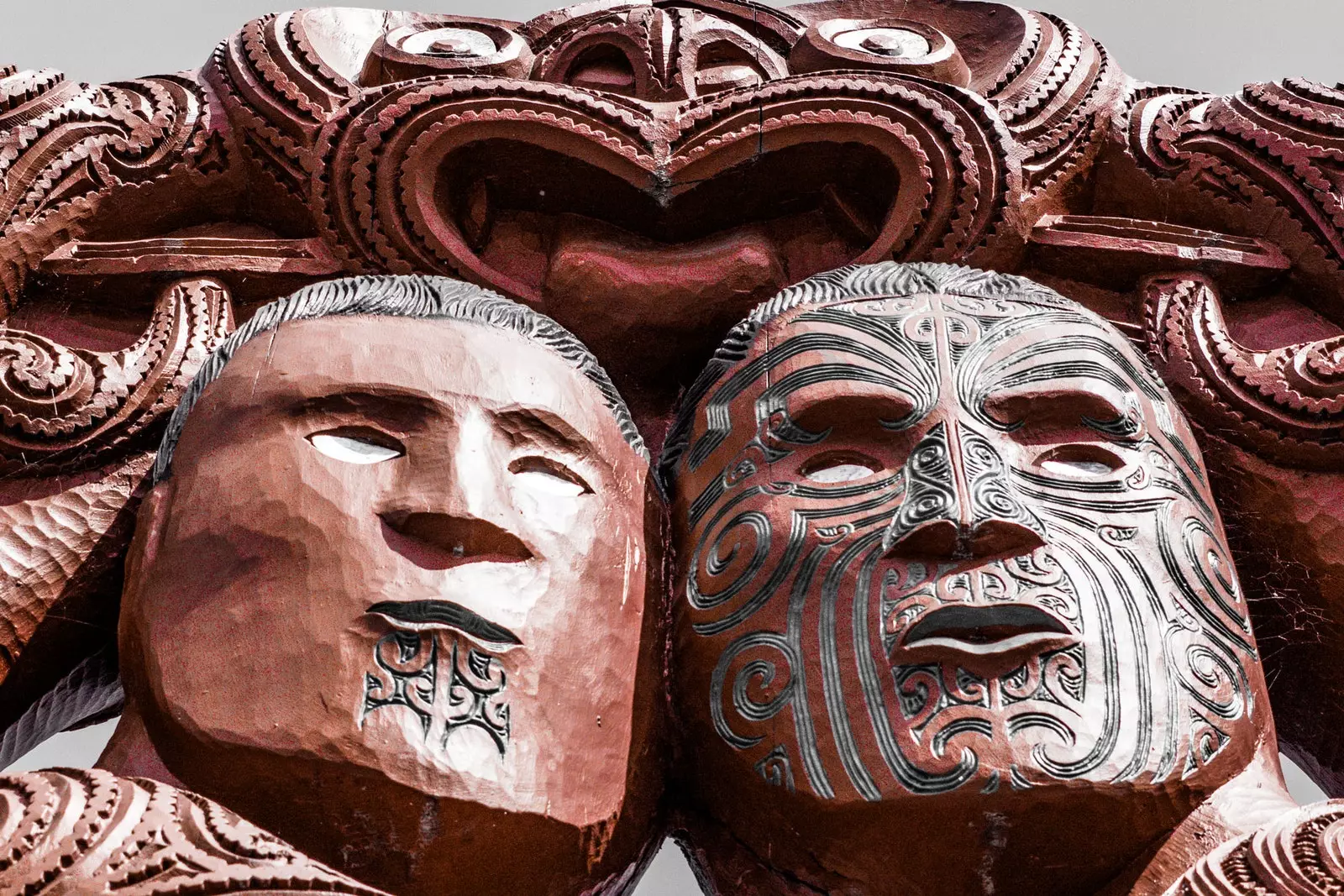
Maori art at Te Puia Center (Rotorua, New Zealand)
ONE SPEAKER, ONE STORY
Each of the people who have collaborated in the project has her own history and her own reasons for promoting indigenous languages and fight against its extinction.
Brian Thom, cultural anthropologist and professor at the University of Victoria in British Columbia, comments that his interest arose as a result of work helping indigenous communities map their traditional lands.
Yutustanaat Mandy Jones , a member of Snuneymuxw First Nation and a language teacher in British Columbia, she jumped at the chance when asked by Brian Thom to be involved in the project she recording the Hul'q'umi'num' language.
"Our language is very healing, it brings out affection in our people and helps our students to be strong, because language comes from the heart," says Yutustanaat, who in her intervention shares the traditional greeting, phrases, proverbs and even songs in the Hul'q'umi'num 'language.
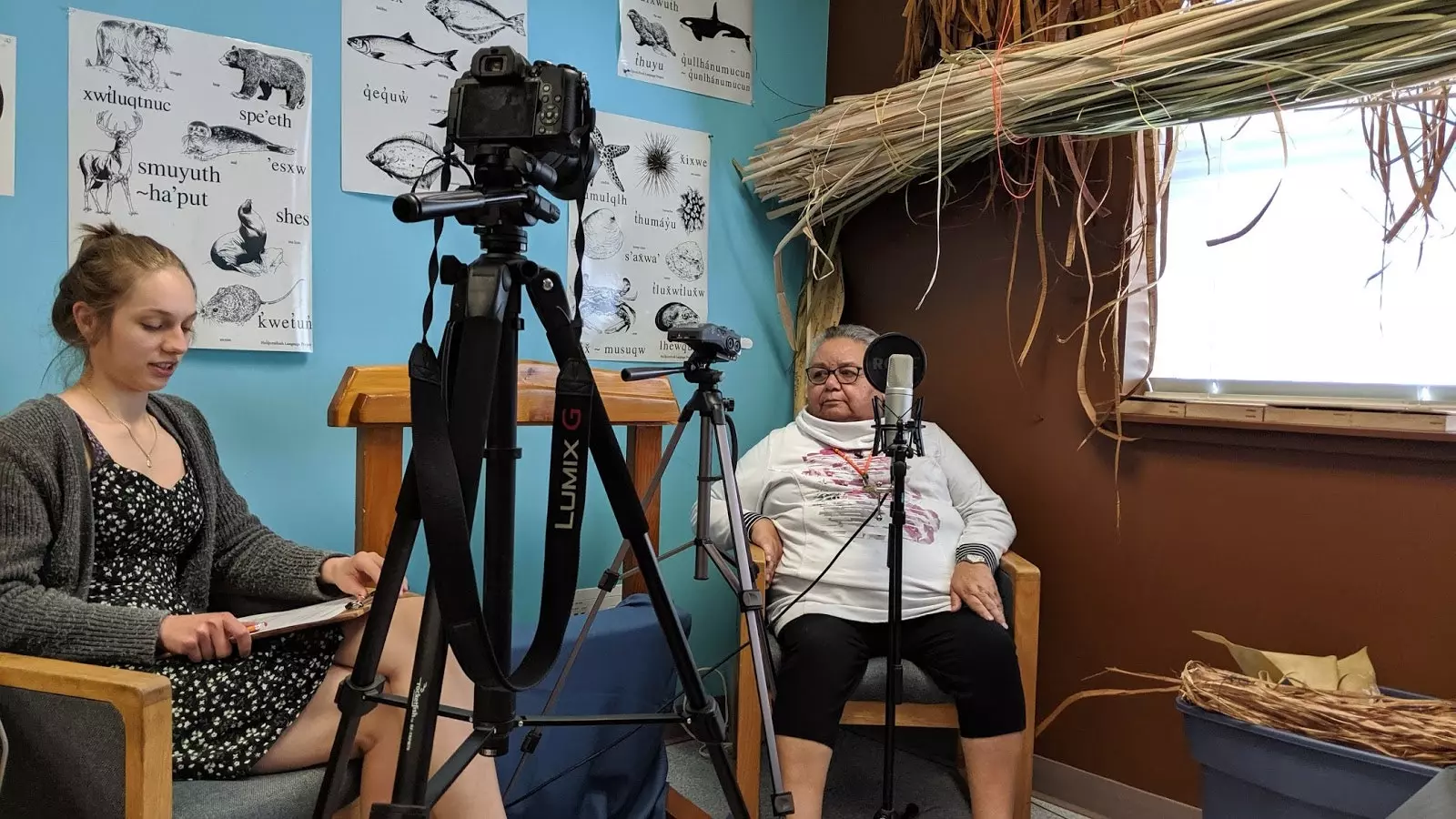
Yutustanaat, a member of the Snuneymuxw First Nation, records the Hul'q'umi'num' language with student Beatrix Taylor
FROM PARENTS TO CHILDREN
The parents of Wikuki Kingi, Maori master sculptor, they struggled to teach and speak Maori at home despite enormous pressure on them to speak only English.
Wikuki now feels proud and empowered to know Maori, which it became one of the official languages of New Zealand in 1987.
"Speak I pray to you Māori (as the Maori call their own language) connects me with my relatives and with the land, its rivers and the ocean, and transports me to another time and place Wikuki says.
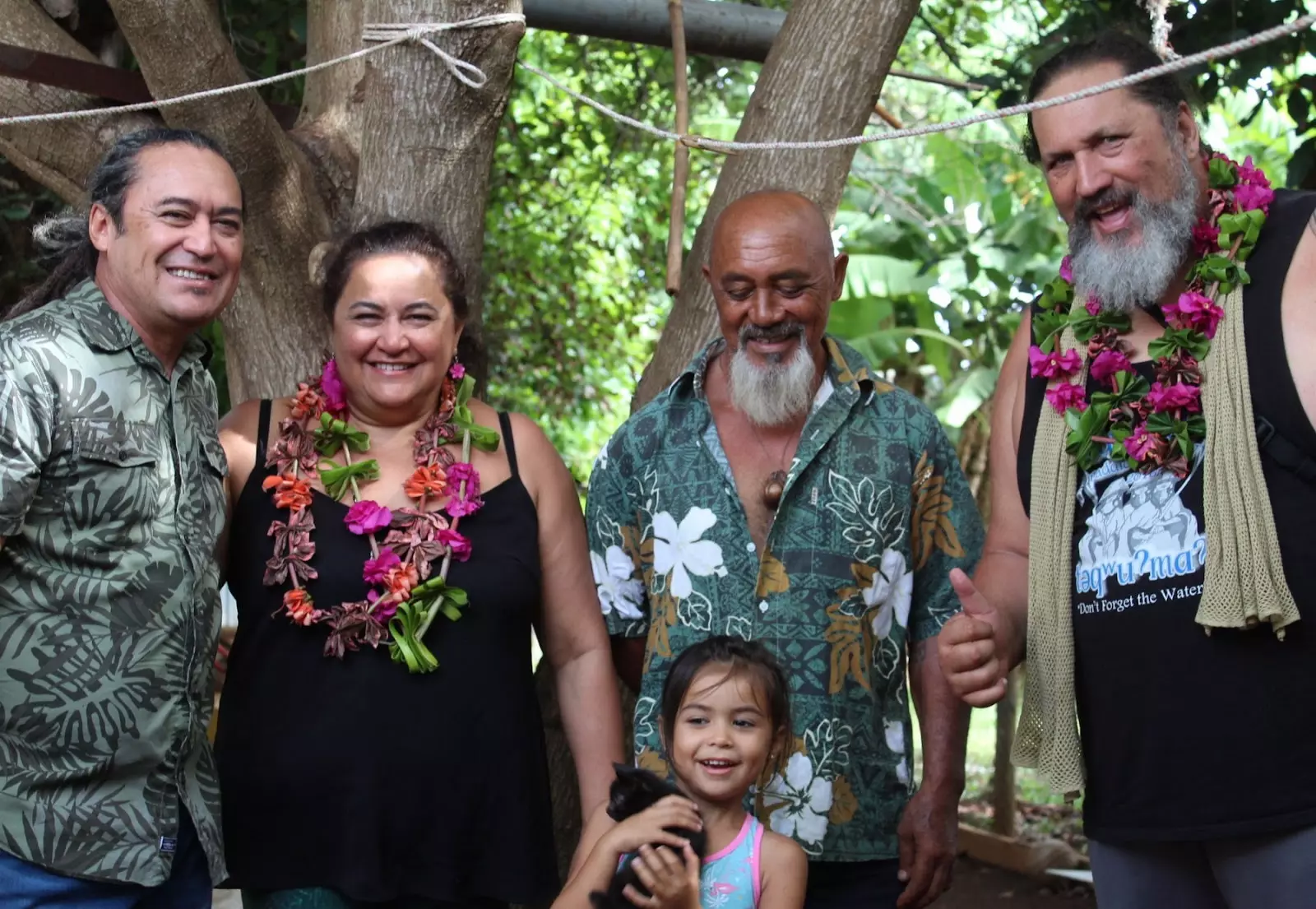
Wikuki Kingi and Tania Haerekiter? Tapueluelu Wolfgramm in Rapa Nui with collaborators from Celebrating Indigenous Languages
55 INDIGENOUS LANGUAGES, 27 COUNTRIES AND ONE GLOBE
The Celebrating Indigenous Languages project, available in ten languages, collects the stories of people from 27 countries, including Australia, India, Ecuador, Chile, Canada, Uganda, Russia, Turkey and Finland.
We traveled precisely as far as two small towns in the finnish lapland to know the northern sami from the hand of Risten Mustonen (Sodankylä) and Enni Simila (Ivalo).
Risten works in the Sami Youth Council with the aim of revitalize the Sami language; specifically, the northern dialect that she speaks herself. "Because of the assimilation policies of the Nordic countries, our language could have disappeared," she says.
In Enni's opinion, one of the most beautiful traits of the Northern Sami is his connection to nature: "We have hundreds of words for snow and for reindeer herding. They can't even be translated into Finnish, because they would end up being the same word," she says.
Your favorite proverb in Sami? “Mu ruoktu lea mu vaimmus ja dat johta mu honeyde” , which means: “My home is in my heart, wherever I go”, clearly referring to the traditional nomadic lifestyle of the Sami people.
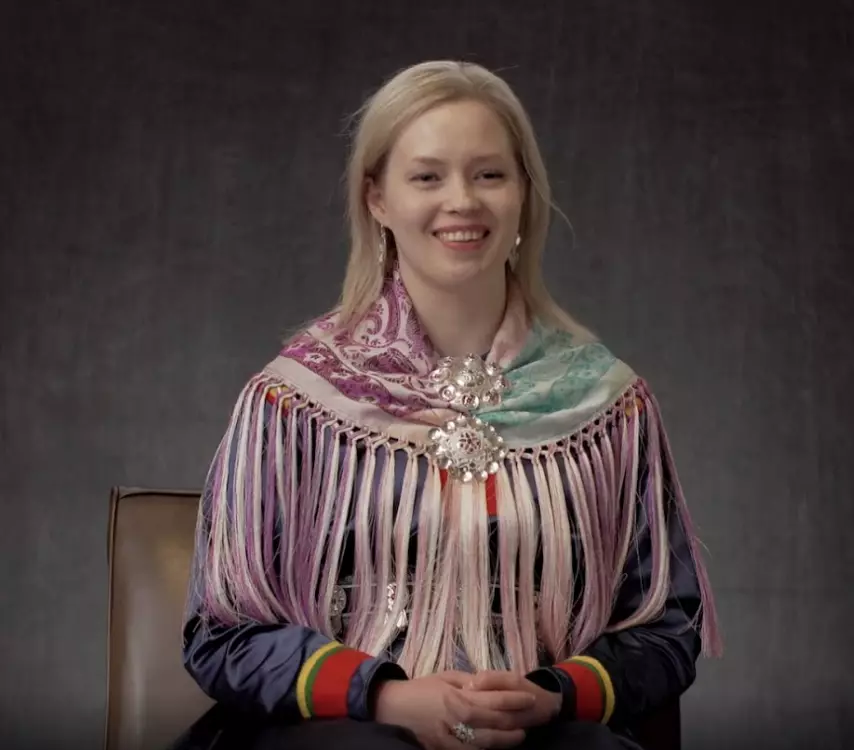
Risten Mustonen (Sodankylä, Finland)
LATIN AMERICA AND ITS INDIGENOUS CULTURE
If we move on the map to Latin America we can meet Doris Rúa Jáuregui, who speaks Ayacucho Quechua , one of the varieties of the most widely spoken Quechua languages in the Peru.
However, despite being more widespread than other indigenous languages, UNESCO considers that it is "seriously endangered".
To learn some words in kunza we are going to Chile, where we meet Rosa Ramos and Ilia Reyes.
The kunza, also called likanantaí by those who speak it, it has been classified as extinct, but there are still those trying to revitalize it.
One of the most important things about her language for Rosa Ramos is the connection with Mother Earth and with Mother Water. For her part, Illia thinks that one of the reasons why it sounds so dry, strong and glottal is its origin: the Atacama desert.
Otimisoma Sanöma, from ** Roraima (Brazil) **, is actively involved in preserving the traditions and language of his community in Kolulu, the village in the Amazon jungle where he lives. She talks sanoma , one of the six languages of the Yanomami family and one of the 178 indigenous languages spoken in Brazil.
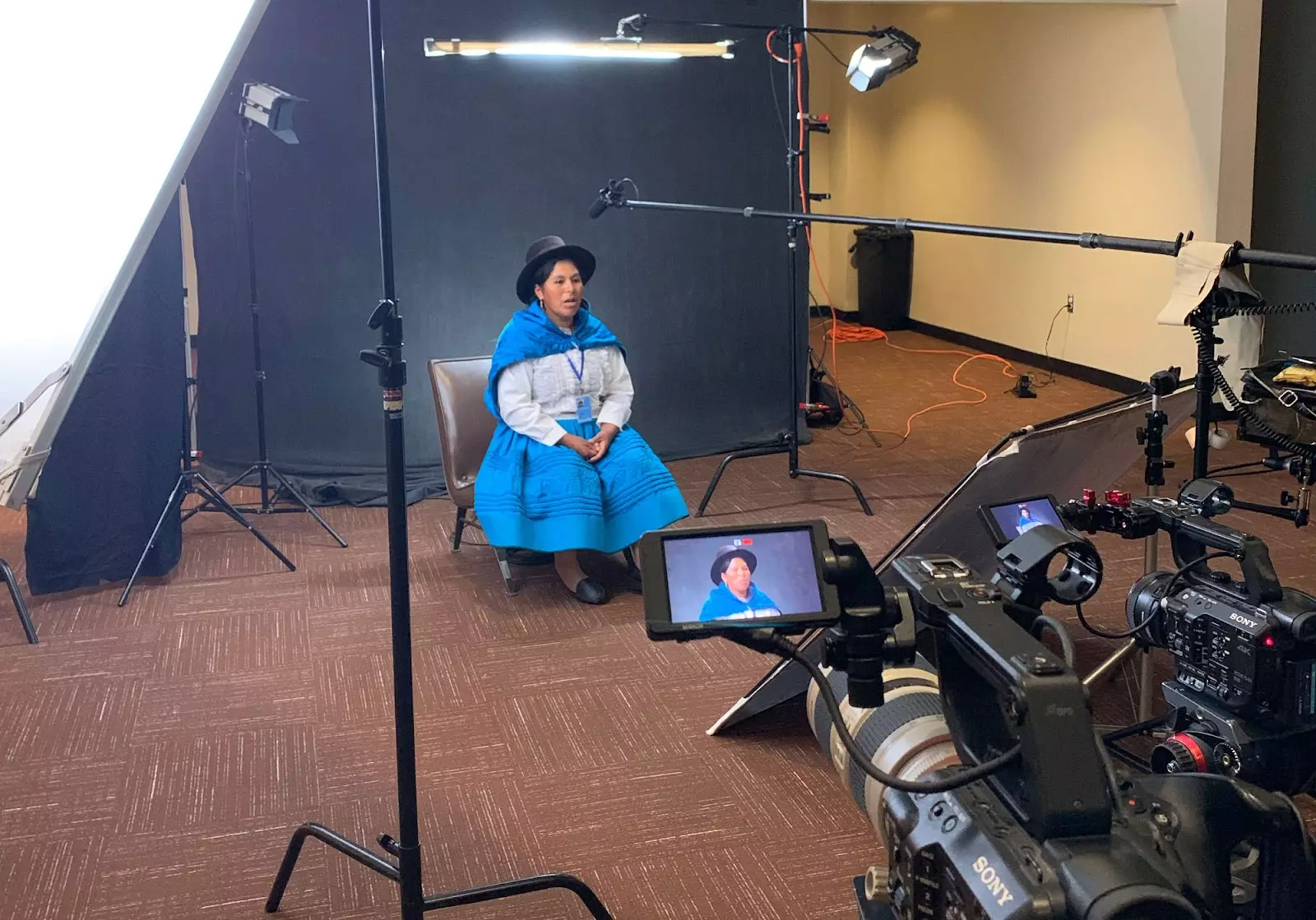
Doris Rúa Jáuregui, from Ayacucho (Peru)
ASIAN INDIGENOUS LANGUAGES AND THEIR DIALECTS
Asian countries have multitude of indigenous communities that also speak different dialects depending on what area we are in.
For example, Ke Jung speaks Tangshang, a dialect of the indigenous Naga language spread throughout Burma. For him, being able to communicate in his own dialect is important to his sense of self: "Speaking in your language makes you feel stronger and more connected to yourself, it gives you confidence," he says.
In Thailand, the community of Oranee Janyapotngam is very close to the forest , a fact that is reflected in the traditional sayings and songs of his mother tongue: the s'gaw Karen , language that is spoken in different parts of Thailand and throughout the territory of Burma, in addition to other dialects and languages related to it.
In northeastern India, many communities speak Tangkhul. , but each one has its own dialect, as pointed out by Thingreiphi Lungharwo, who comes from Ukhrul (Manipur) . “In every district there is about 220 particular dialects of each village , and a common language, which is Tangkhul,” he says.
From Google Earth they indicate that this collection of audio recordings barely scratches the surface of the thousands of indigenous languages of the world and encourage all those who speak an indigenous language or represent an indigenous organization to contact to include it and continue to increase this bit of culture in the form of a map.
